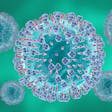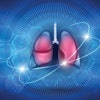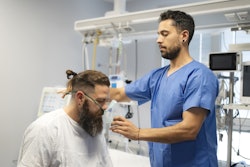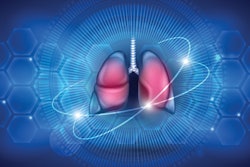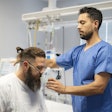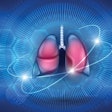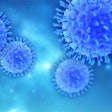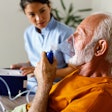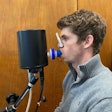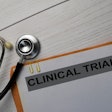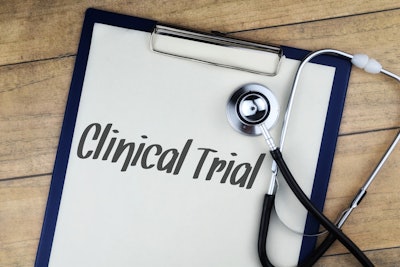
A potential treatment for adults with alpha-1 antitrypsin deficiency emphysema (AATD) has cleared a hurdle in a recent phase 2 study.
Drug manufacturer Sanofi said in a news release that efdoralprin alfa showed positive results in the global ElevAATe phase 2 trial, meeting all primary and key secondary endpoints.
Efdoralprin alfa is an investigational recombinant human alpha-1 antitrypsin (AAT)-Fc fusion protein. It demonstrated a statistically significant greater mean increase in functional AAT levels within normal range as measured by trough concentrations at a steady state compared to those receiving weekly plasma-derived augmentation therapy at week 32.
“These data demonstrate that efdoralprin alfa achieved consistently higher normal functional AAT levels, with less frequent dosing, compared to a current standard of care,” said Christopher Corsico, global head of development at Sanofi. “This is particularly meaningful as maintaining protective protein levels is the cornerstone of pulmonary management of AATD and currently available treatments require weekly therapeutic infusions.”
The drug was well-tolerated with a similar adverse event profile to plasma-derived therapy. The company said additional safety follow-up will be assessed in a future component of the study.
Igor Barjaktarevic, MD, PhD, associate professor at the David Geffen School of Medicine at UCLA and primary investigator of the study, said that the results give new hope for a treatment for this debilitating condition.
“Achieving and maintaining normal AAT levels with less frequent dosing and with complete independence from blood donation programs would be a welcome change to the current treatment experience of people living with AATD,” he said. “With the current standard of care, patients reach — but do not maintain — normal protein levels between infusions, leaving a remaining unmet need. I’m encouraged by the ElevAATe trial results and what efdoralprin alfa could mean for the AATD community.”
